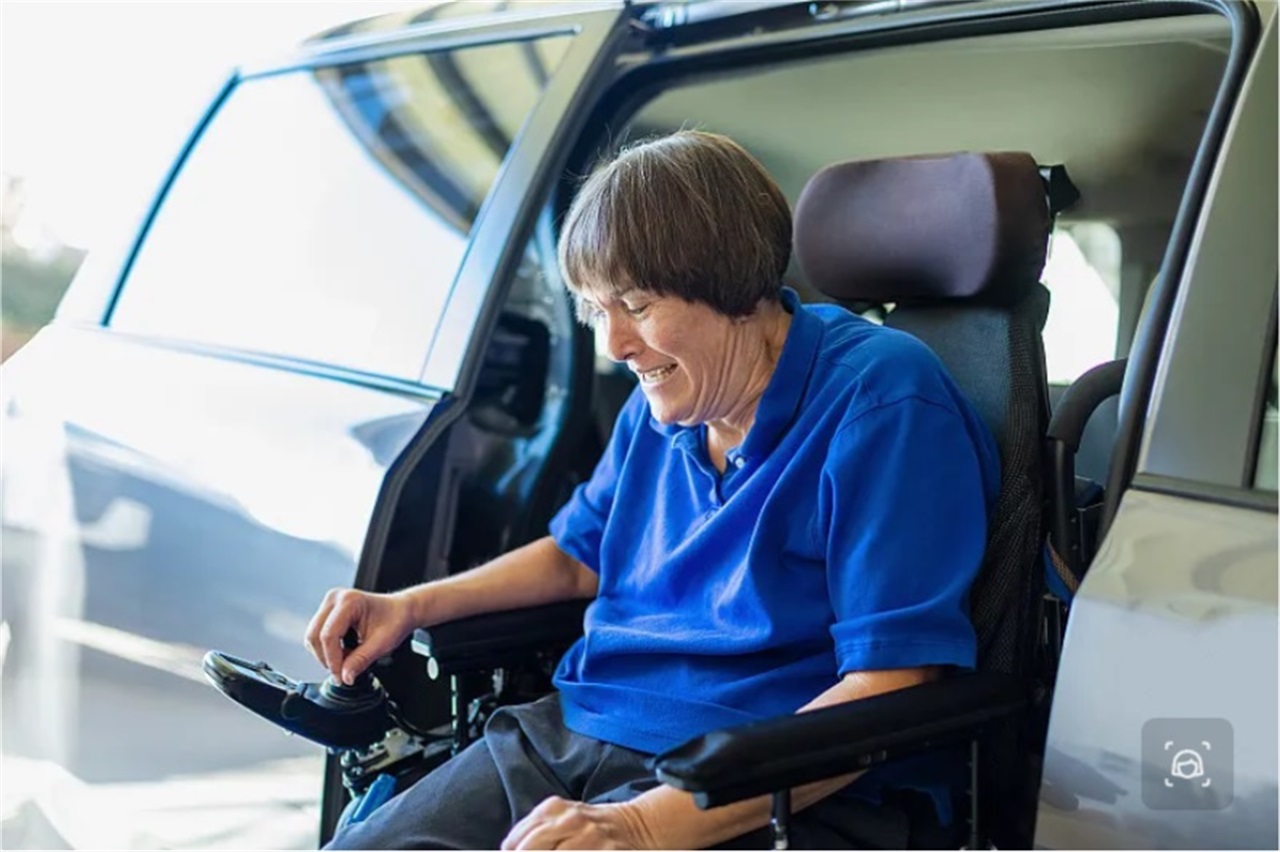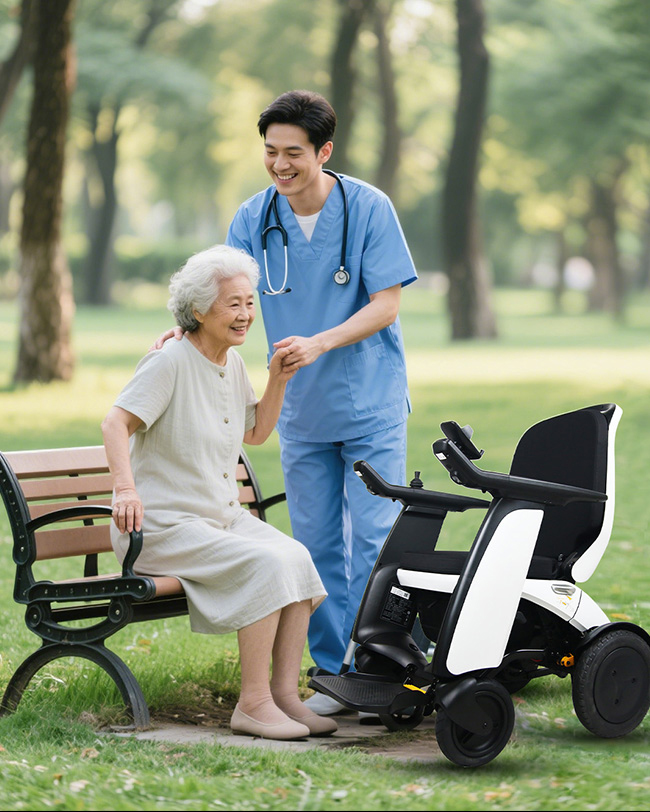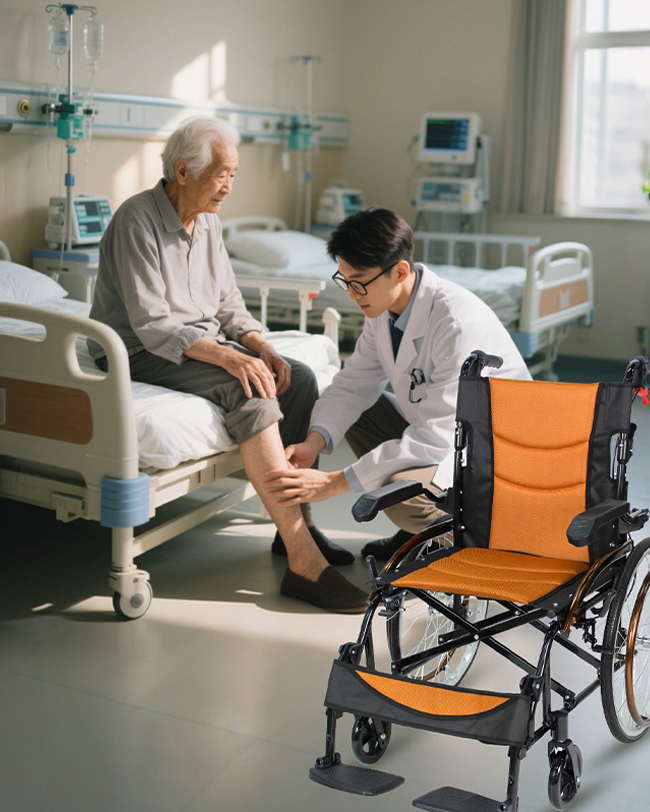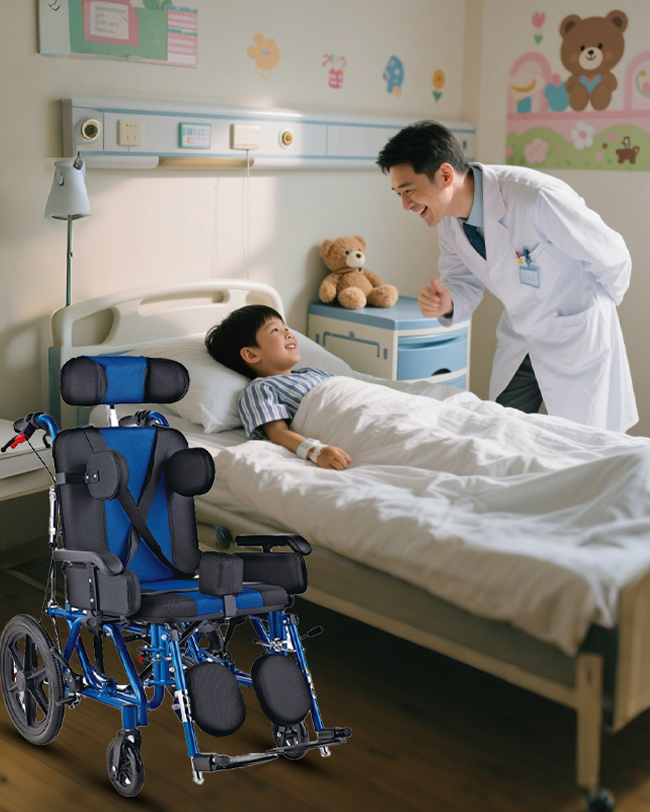In a world where movement is often taken for granted, the advent of transfer chairs has been a beacon of hope for many. These chairs are not just pieces of equipment; they are keys that unlock the door to independence and freedom for individuals with mobility challenges. This guide will take you through the transformative world of transfer chairs, exploring their types, benefits, and the profound impact they have on enhancing the quality of life.
What is a Transfer Chair
A transfer chair is a specialized piece of mobility equipment designed to assist individuals with limited mobility in moving from one surface to another, such as from a bed to a wheelchair or a car seat. These chairs come in various forms, each tailored to meet specific needs, ensuring that the user's transition is as smooth and comfortable as possible.
Types of Transfer Chairs
The spectrum of transfer chairs is diverse, catering to a wide range of needs:
Patient Transfer Chairs: Designed for use in healthcare settings, these chairs are built for durability and ease of use by caregivers.
Transfer Chairs for Elderly: These focus on comfort and stability, often featuring wider seats and backrests to support the elderly.
Lift Transfer Chairs: Equipped with lifting mechanisms, these chairs provide assistance in transferring individuals who cannot bear weight on their legs.
Electric Transfer Chairs: Powered by batteries, these chairs offer the convenience of motorized movement, making transfers effortless.

Benefits of Transfer Chairs
Transfer chairs are not just about moving from point A to point B; they are about empowering individuals to maintain their autonomy. They:
- Reduce the risk of falls and injuries during transfers.
- Alleviate the physical strain on caregivers.
- Provide a sense of control and independence for the user.
- Facilitate social participation and improve mental well-being.
How to Use a Transfer Chair
Using a transfer chair effectively requires understanding its features and following safety guidelines:
1. Assess the user's needs and select the appropriate chair.
2. Ensure the chair is in good working condition before each use.
3. Position the chair correctly, aligning it with the transfer surface.
4. Use the chair's features, such as straps or lifting mechanisms, to secure the user.
5. Transfer the user gently, maintaining communication and monitoring their comfort.
Choosing the Right Transfer Chair
Selecting a transfer chair is a personal journey that requires consideration of:
- The user's physical condition and mobility needs.
- The environment where the chair will be used.
- The user's preferences for comfort and design.
- The budget and availability of maintenance services.
Maintenance and Care
To ensure the longevity and safety of your transfer chair:
- Regularly inspect the chair for any signs of wear or damage.
- Clean the chair according to the manufacturer's instructions.
- Lubricate moving parts as recommended.
- Store the chair in a dry, clean place when not in use.
Accessibility and Design
Transfer chairs are integral to creating accessible environments. They:
- Bridge the gap between different surfaces, making spaces more navigable.
- Encourage inclusive design, promoting equality and dignity for all users.
Real-Life Stories and Testimonials
Listening to the stories of those who use the transit chair is very inspiring. Their stories highlight how the chair has helped them regain their zest and freedom in life.
Future of Transfer Chairs
The future of transfer chairs is bright, with ongoing innovations aimed at enhancing user comfort, safety, and independence. Expect to see advancements in:
- Ergonomic designs that cater to a broader range of body types.
- Smart technology integration for automated transfers.
- Environmentally friendly materials and energy sources.
A Path to Independence: Recapturing Mobility with Transfer Chairs
Transfer chairs are more than just mobility aids; they are symbols of resilience and empowerment. They offer a path to independence, allowing users to reclaim their mobility and live life to the fullest.
Resources and Further Reading
For those seeking to delve deeper into the world of transfer chairs, consider exploring:
- Online forums and support groups.
- Manufacturer websites for detailed product information.
- Healthcare professional recommendations.
A Path to Independence: Recapturing Mobility with Transfer Chairs
This article aims to provide a comprehensive understanding of transfer chairs, their importance, and how they can significantly improve the lives of those with mobility challenges.




